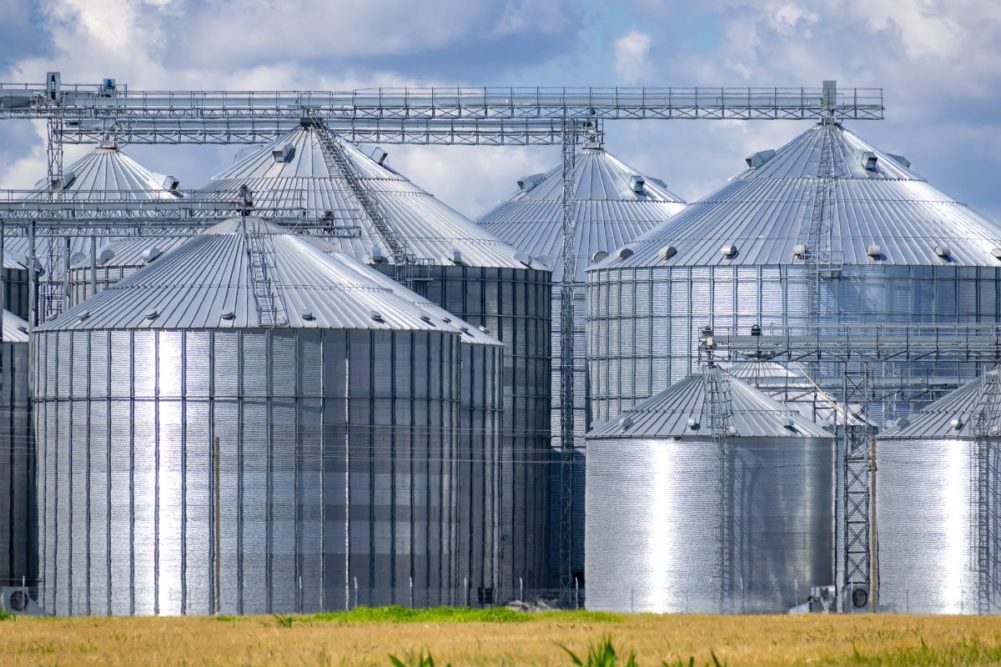DENVER, COLORADO, US — After two years of limited profitability, US grain elevators are seeing significant improvement in profit margins but are frustrated by farmers’ reluctance to sell, according to a new report from CoBank’s Knowledge Exchange.
A global abundance of corn and soybeans has improved the profit outlook for elevators storing grain. They are able to buy cheaper basis and benefit from bigger carries in futures markets.
With sharply falling prices, farmers have held onto their crops. That has left elevators with lower levels of grain ownership to take advantage of wider carries and basis levels.
But CoBank said the delay of grain moving to elevators is expected to be short-lived and should begin to ease early in 2024.
“Many grain farmers have the benefit of being in a very strong cash position following last year’s record farm income levels,” said Tanner Ehmke, grains and oilseeds economist for CoBank. “They have been quite content to hold on to their grain since prices have fallen. But higher land rents and borrowing costs, combined with rising prices for inputs like fertilizer, will probably motivate farmers to sell as the calendar turns to 2024.”
Farmers also are expected to be more willing to sell on price rallies over $5 per bushel for corn and $14 per bushel for soybeans, which will cap any run-up in basis.
Some elevators have been able to make up for the lack of ownership through higher storage fees and by offering delayed pricing programs, CoBank said.
Delayed pricing allows farmers to deliver grain when it is convenient and price it later, with many elevators charging much higher service fees to cover the elevator’s higher risk of owning unpriced bushels in a carry market. Storage programs have become popular as farmers wait for a rally in futures prices or local basis.
For elevators that have been able to gain ownership of bushels, the transition to a carry market will be awkward for some merchandisers who have been actively trading freight and selling commodities in an inverted market for the past two years, CoBank said. In a carry market, elevators are instead incentivized to store grain rather than sell it.
Ehmke said the biggest wildcard that could affect carry and basis is the US corn and soybean export program.
“The risks largely come from abroad,” Ehmke said. “Chinese demand could suddenly appear for corn or soybeans or disappear for grain sorghum. And a short South American crop would result in futures spreads narrowing considerably, which would incentivize elevators to sell soybeans.”
US corn and soybean exports also could be awakened by a return to more normal water levels on the Mississippi River and weakness in the US dollar.




